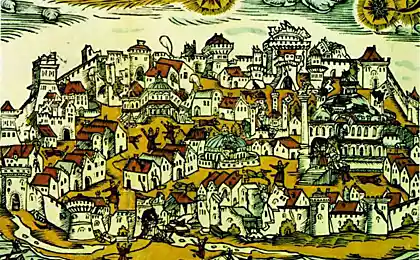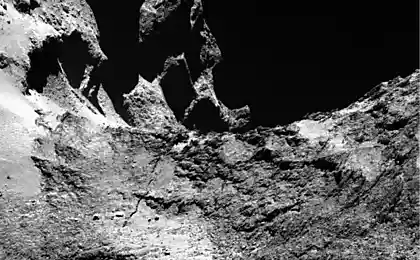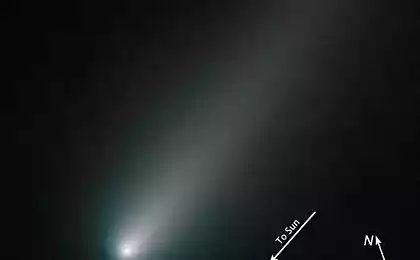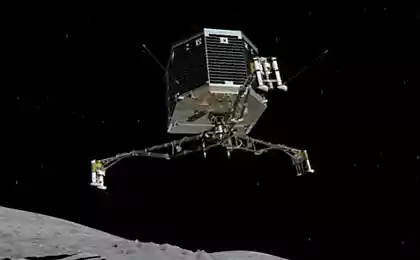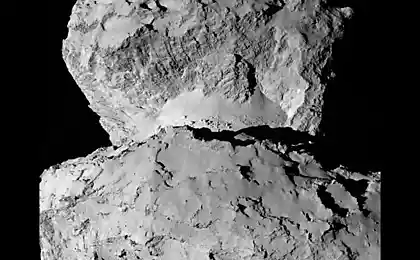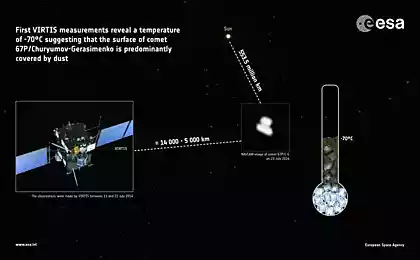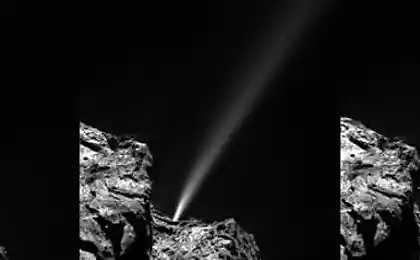699
Philae woke up, what now?
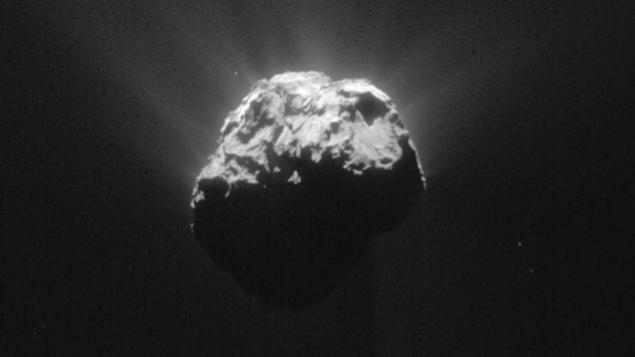
Recently, all we learned great news - Philae, the probe landed on the surface of the comet Churyumov-Gerasimenko, I woke up after 211 days in Hibernation. The probe transmitted to Earth a series of data, including information about his condition. As it turned out, the unit is functioning properly, getting power even more than you need.
It is worth recalling that the probe, lowered to the surface of the comet is not quite according to plan, was in shadow, and after energy stocks ran out, went into hibernation. It was November 15, 2014. But now the comet comes closer to the sun, getting more and more sunlight and heat.
No problem
The probe has made contact twice. The first unit transmits data packets 300 (of 8000 stored in the probe). For the second time in touch probe went in a couple of days and also gave a bit of data. It turned out, that the device there is no damage , works it normally. The temperature of the device is now -5ºC.
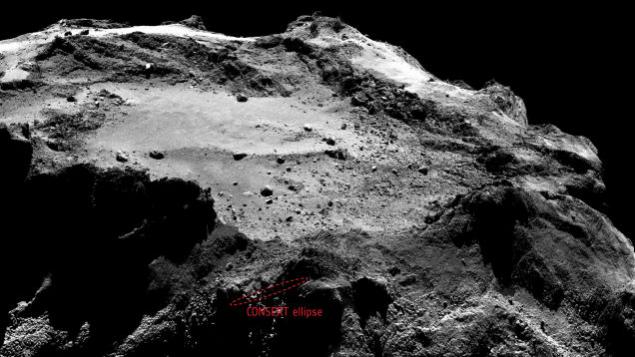
"We can already say that all the subsystems of the probe are working properly, after about half a year, held on the frozen surface of the comet," - said the head of the Philae Lander Project Ulamek Stefan (Stephan Ulamec). "So far, the information collected, is preliminary, but it is clear that the unit is in good condition, as we all had hoped," - he added.
According to the ESA, the device during hibernation has accumulated about 8,000 packets. This information should soon fall into the hands of experts, but when it is difficult to say.
The first stage of the next phase
Now the unit receives enough energy from the sun, generating the electricity needed to operate the machine. Philae receives energy for 135 minutes each "period of light." This is two times larger than the unit received in November.
Now experts optimize Rosetta's orbit so that sessions with Rosetta Philae lasted longer. There is now sufficient energy probe for measurement, including those that do not require the use of mechanical tools. Unfortunately, the drilling of the surface of the comet is still impossible.
Now it is vital to provide more reliable communication between Philae and Rosetta (data obtained from the probe, it transmits to Earth Rosetta).
Most likely, experts will lower orbit Rosetta, and change it so that the connection was more reliable. Too close to the comet is now dangerous, because the kernel is heated, releasing gas and dust flows into the surrounding space. One of these emissions may threaten Rosetta, if the station is too close to a comet.

According to representatives of the project team, if we can establish a reliable connection to the probe, the scientists will be able to submit a detailed program of study of the comet, using all possibilities Philae.
Tomorrow will take place the next session with the probe. Prior to conducting scientific experiments there for about a week.
Note that if the landing of the probe would be held in November as planned, the mission would be completed in March. Now and Rosetta, Philae, and participate in a new stage of research on the new plan.
Source: geektimes.ru/post/252148/
Drones - carriers of the future?
SpaceX plans to hold a competition to design the passenger capsules Hyperloop



